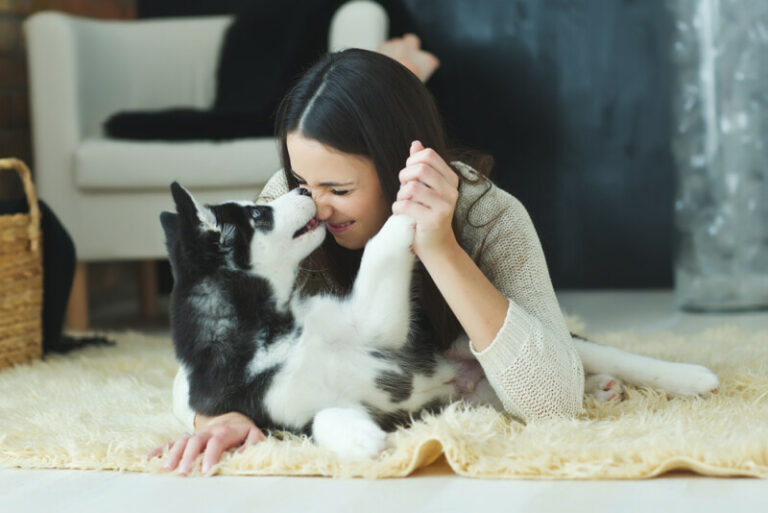
Along with criticizing you, scolding you is one of the most common ways your dog communicates with you. Many dog owners have experienced their dog pawing. Although you may think it can be annoying at times, it is your dog’s way of trying to communicate with you.
If your dog puts his hand on you, it may be his way of saying I love you. We buy our dogs to show love and affection. Turns out they are doing the same thing. By putting your hands on your body while you are feeding him, he expands the contact and regains the feeling of love. Although this behavior can be interpreted as an expression of affection, your dog pawing at you can also mean many other feelings. He wants to play, he wants to eat, he is anxious or he may be in pain. Although in most cases this is a good support for your dog, sometimes it can be a small request for help. It is important to monitor other aspects of your dog’s body language. Be sure to check for important signs and note any noticeable changes in your pet’s behavior. Your dog may feel insecure and want your attention, a sign that you should show him some love. Your dog may also be trying to communicate that he is hungry. How do you know what your dog is really trying to say? It’s all about perspective. You should watch the language of your dog’s other animals. If you are sitting on the couch or rubbing your puppy’s belly, he is probably showing affection in the back. In some cases, if your puppy shows signs of anxiety, such as lip smacking, lying, and flat ears, it may be a sign that he feels insecure and looking for love.
When you train your dog and he puts his finger on your hand or foot, it’s like biting you back. Although most dogs do not make good pets, trusting you is a sign of love, closeness, and trust. It is his way of creating a special relationship with you. He can also show that he likes me, don’t stop, especially if you buy it for several minutes, you stop, and put his hand to you, he tells you again, please!
Some examples of their body language signals are erect ears, wagging or erect tails, forward gaze, and a quiet mouth. This means they want you to hang out with them and maybe even play! They are happy and want to participate in activities such as playing with their chew toys, chasing their ball, or even going for a walk.
Perched ears, low tail, shifting gaze, tight mouth and shaking may be anxiety behaviors or signs that your dog may be experiencing some type of pain, especially in his legs. If you notice any other unusual behavior or signs that your puppy is uncomfortable, contact your vet immediately.
Quiet ears and mouth, low wagging tail, and sweet eyes are most likely signs of a puppy that needs your love and affection. Giving your puppy attention will strengthen your bond and build trust, and of course, it’s the most fun. I’m not crying, you’re crying!

